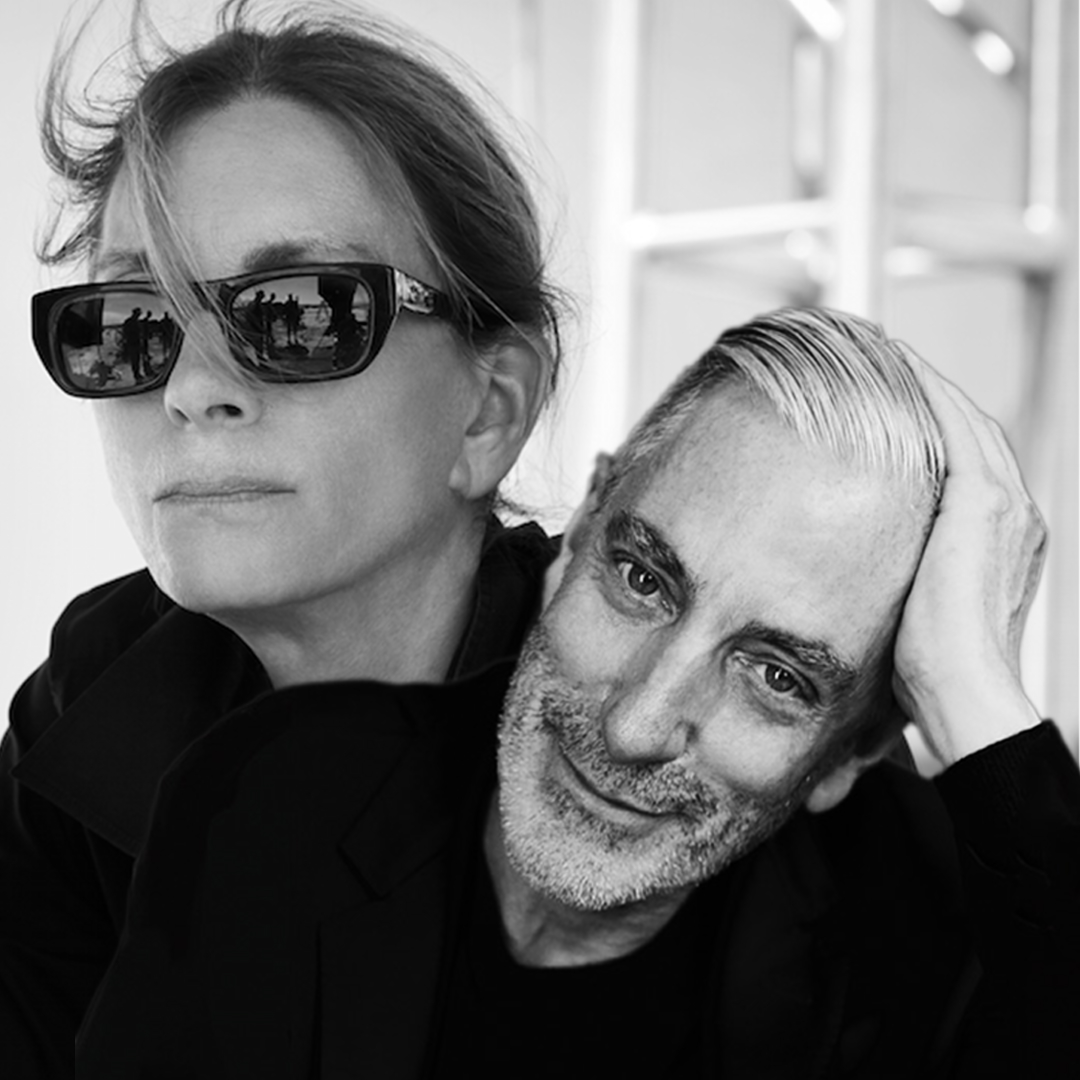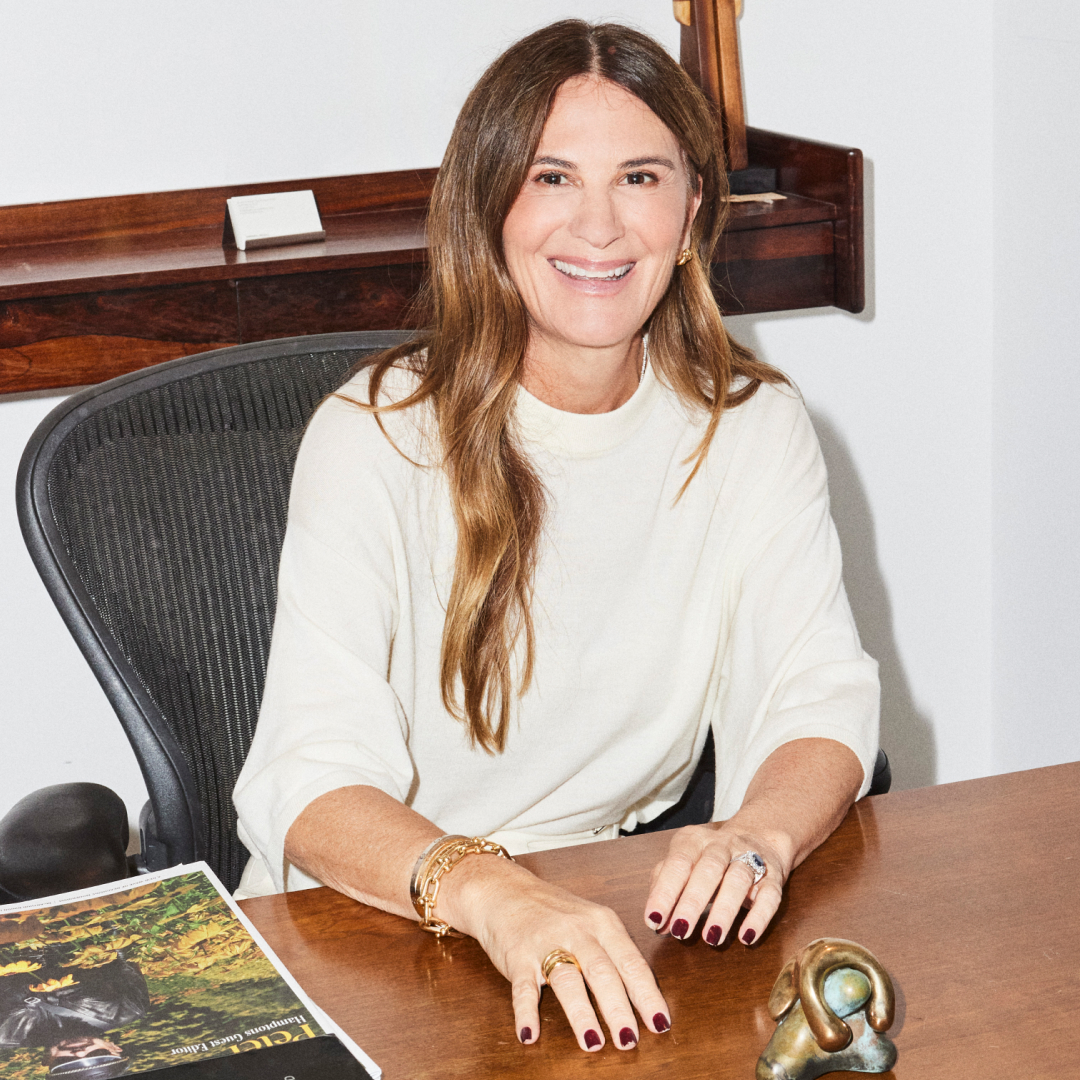Show Notes
Summary
Vanessa Friedman has been the fashion director and chief fashion critic at The New York Times since 2014. Her lauded insight as a critic balances both the courage to speak to reality and a responsibility to inform her readers. Working at the intersection of culture and news journalism, Friedman has seen the landscape of the fashion industry change dramatically in the last decade. In this episode, she gives an honest and authoritative account of the state of fashion, speaking to hurdles that must be addressed in sustainability, production, and creativity in an age of short attention spans and ever-shortening fashion cycles. She discusses the new role of sports in the world of luxury branding, bringing a historical perspective to conversations around elitism and accessibility. Advising emerging journalists to find a unique voice, Friedman herself is always on the lookout for what’s truly new, bringing to fashion journalism a willingness to be surprised. She hopes what’s contemporary now is the kind of open-ended dialogue she conveys in her approach to fashion criticism.
Episode Highlights
- “A serendipitous error”: Friedman didn’t know early on that she was setting out to work in culture and journalism, but instead came to fashion naturally over time.
- A critical framework: As a fashion critic, “I’m not interested in expressing my gut feelings to others,” Friedman says. “It’s not ‘Do I like that? Do I think it’s cute?’” Friedman sees fashion as a way of communicating within the broader contexts of historical traditions.
- Intersections: Friedman sees fashion as a malleable art capable of tethering to any element of culture. As a critic at The New York Times, Friedman’s work exists at a particular intersection between fashion, culture, and news journalism.
- The last decade in fashion: She’s seen fashion transform from a niche artistic experience into an industry that informs how a wide range of communities (such as the realms of athletics and politics) express ideas and positions.
- The constant flow: In the last few years, Friedman’s seen the pace of fashion change, with the traditional seasons speeding up to provide consumers with a continuous flow of products.
- Evolving ideas of luxury: The most successful modern brands—like Nike—lure customers with both goods at more accessible price points and higher-tier, elite items.
- Sustainability: Friedman discusses the need to rein in the scale of production, rethink materials, and overhaul practices on a global level. “I don’t think anyone, certainly no major brand I’ve talked to, has really come to grips with that.”
- Real, and not real: Friedman comments on a growing tendency to not trust fashion imagery in light of filters, the ubiquitousness of surgical treatments, and changing beauty standards.
- The role of a critic: She sees her role as one that requires both courage and a sense of responsibility, considering her work a beacon that her readers use to wade through the white noise of mass media.
- New vs. more: Friedman distinguishes between what adds “more” to the world of fashion and what adds something truly “new.” Newness is more creative, and it “does take thought, it takes experimentation, it takes making mistakes,” she says.
- Capturing attention: In what Michaels calls an attention deficit economy, Friedman advises emerging journalists to have a unique point of view and an individual style without relying entirely on that voice.
- What’s contemporary now: It’s listening and engaging in open-ended dialogue.




















































































